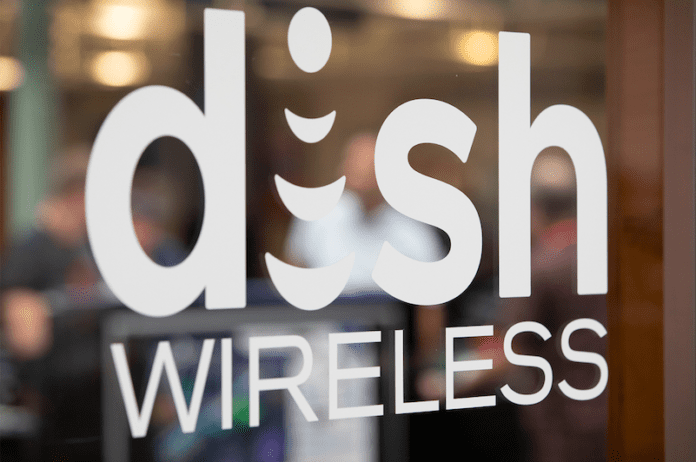Dish Network reported quarterly results today that included lower year-over-year revenues and also announced that it is seeking $2 billion in financing to support its network build-out.
Chairman Charlie Ergen told analysts on Dish’s quarterly call that the company currently has more than 10,000 towers that reach more than 35% of the U.S. population and is adding about 1,000 towers per month. The company is seeking $2 billion to put to use in continuing that network deployment.
Meanwhile, Dish has internally launched its Boost Infinite postpaid product, but it is still working on “operational issues”, Ergen added. Dish doesn’t plan for Boost Infinite to make its commercial debut until the first quarter of 2023, after the holiday rush. That service had been expected to launch before the end of this year.
DIsh Network reported revenues of $4.10 billion for the quarter, down from $4.45 billion in the year-ago period. Net income was also down, year-over-year, from $557 million in the third quarter of 2021 to $412 million.
However, customer numbers for both its wireless and pay-TV operations were positive: Dish gained about 30,000 net TV subscribers to end the quarter with a customer base of around 10 million across Dish TV and Sling TV, and it gained about 1,000 net retail wireless subscribers, compared to a loss of 121,000 at the same time a year ago. That number might be small, but it’s better than the consistent customer losses that Dish has been posting. On the call, Ergen said that one of the company’s areas of focus has been to “stabilize” its retail customer base.
The carrier also noted that in terms of wireless subscribers, about 139,000 customers were transferred to Dish that were Boost-brand customers of Shentel and Swiftel (affiliates of the former Sprint) or Boost customers who were part of a California Public Utilities Commission CARE program. Meanwhile, Dish removed another 126,000 subs from its books that didn’t migrate off of T-Mobile US’ CDMA network before its shutdown.
Dish has about 8 million wireless subscribers, with its third-quarter churn rate was 4.28% with an ARPU of $37.64.
John Swieringa, Dish’s COO, told analysts that when Boost Infinite launches, it will be with a “full assortment” of devices from “iconic down to mid-tier”, and that it will start with digital distribution and then move into national retail and “pockets of branded distribution.” However, he added that the company is still working on getting its operations and technology in order, not only for Boost (coming off of the transition from the T-Mo network to AT&T plus its own facilities), but for Boost Infinite at the same time.
Dish execs also indicated that they believe that serving the enterprise space, including with private networks, will be a significant part of Dish’s business. Ergen said that enterprises want licensed spectrum for their networks, and that low-band spectrum—not just the midband airwaves that are available through CBRS—is a key part of meeting business’ private network needs, one he thinks that Dish can fulfill.

